One way to see what's under the water is to scuba dive. Another is to swim. It's easy to snorkel. You just stay on the surface with simple gear like a mask and a breathing tube and look at fish and coral in shallow water. You have to do more work to scuba dive, but with the right gear, you can go deeper and stay underwater longer. To snorkel, you only need to know how to swim the basics. To scuba dive, you need to get proper training and a certification. How deep you want to go to see sea life and how much time and money you have are the main things that count.

A Quick View: Key Differences Between Scuba Diving and Snorkeling
| Aspect | Scuba Diving | Snorkeling |
| Basic Equipment |
- Air tanks & regulators - BCD - Diving mask & fins - Wetsuit |
- Snorkel tube - Mask - Fins |
| Depth Range | 5-40 meters | 0-3 meters |
| Duration | Extended periods underwater | Limited by breath-holding capacity |
| Certification | Required (PADI/NAUI certification) | Not required |
| Training Needs |
- Equipment handling - Safety protocols - Underwater communication - Buoyancy control |
- Basic breathing techniques - Surface swimming - Simple equipment use |
| Initial Costs | $400-1,000 for certification | No certification costs |
| Equipment Costs |
- Rental: $50-100/day - Air fills: $10-20/dive - Boat trips: $80-160/day |
- Purchase: $40-200 - Rental: $15-30/day - Tours: $38-160 |
| Health Requirements |
- Heart strength test - Lung capacity test - Blood pressure check - Regular medical check-ups |
Basic swimming ability (200m swim, 10min float) |
| Main Risks |
- Decompression sickness - Oxygen toxicity - Equipment failure |
- Sunburn - Jellyfish stings - Water inhalation |
| Weather Dependency | High (needs calm seas, good visibility) | Moderate (can be done in various conditions) |
| Marine Life Viewing | Deep reef formations, caves, shipwrecks, diverse species at various depths | Surface coral reefs, shallow water fish, near-surface marine life |
Two Ways to Explore Underwater
Scuba Diving
SCUBA stands for Self-Contained Underwater Breathing Apparatus, which allows divers to breathe independently underwater using compressed air tanks. A scuba setup includes essential equipment:
- Air tanks with compressed air
- Regulators to control breathing
- Buoyancy Control Device (BCD) for floating control
- Diving mask and fins
- Wetsuit for protection
Recreational scuba divers can explore depths up to 40 meters (130 feet). With proper equipment, divers can stay underwater for extended periods, moving freely at various depths.
Snorkeling
Snorkeling is the practice of swimming face-down at or near the water's surface while breathing through a shaped tube called a snorkel. The basic equipment consists of:
- A breathing tube (snorkel)
- A diving mask
- Fins for swimming
While snorkeling primarily involves surface observation, experienced snorkelers may make brief breath-hold dives to slightly deeper waters. The activity's depth is naturally limited by how long a person can hold their breath.

Training Requirements and Safety Skills
Scuba Diving Certification
To scuba dive, you need to get certified by an established group, such as the Professional Association of Diving Instructors (PAD) or the National Association of Underwater Instructors (NAUI). Global safety standards are followed by both groups, and they both offer thorough training programs.
Essential scuba training includes:
- Equipment handling and maintenance
- Safety protocols and emergency procedures
- Underwater communication methods
- Buoyancy control techniques
- Proper breathing techniques
Divers learn important skills like how to check their gear, use the buddy system, and handle emergencies while they are getting certified. Before renting gear or going on a guided dive, most dive shops around the world ask for proof of certification.
Snorkeling Basics
Even though you don't need a license to go diving, it's still a good idea to get some basic training to stay safe. Some important snorkeling skills are:
- Proper breathing through the snorkel tube
- Surface swimming techniques
- Basic equipment use and maintenance
- Understanding marine conditions
For newbies, controlling your breath is the most important skill to learn. To do this, you need to learn how to slowly breathe through the mask while keeping your face in the water. Managing your breathing is the best way to control your buoyancy. Deep breaths in help you float, and bigger breaths out let you sink a little.

Cost and Access Comparison
Scuba Diving Expenses
A full scuba certification plan usually costs between $400 and $1,000, but this depends on where you live and who you train with. After approval, the ongoing costs are:
- Daily equipment rental: $50-100
- Air tank fills: $10-20 per dive
- Boat trips: $80-160 per day
- Annual gear maintenance: $150-300
The weather has a big effect on how easy it is to go scuba diving. Clear skies, calm seas, and little wind are all needed for the safest diving. Storms, strong currents, or bad visibility can make it hard to dive or even cancel the trip.
Snorkeling Affordability
Snorkeling remains highly accessible with much lower costs:
- Basic gear purchase: $40-200
- Daily equipment rental: $15-30
- Guided tours: $38-160 per person
A lot of places offer free gear for kids as part of family snorkeling packages, which are often a good deal. This activity is especially good for people on a budget because many places let you go straight to the beach without taking a boat.
Underwater Exploration Range
Scuba Diving: Deep Water Access
With scuba diving, you can explore places beneath that are 5 to 40 meters deep. Divers can explore huge coral walls, swim through underwater caves, and look into old ships at these depths. Divers can stay underwater for long amounts of time with the pressurized breathing system. This is great for looking at deep reef formations or watching shy marine animals in their natural environments.
At different depths, different marine organisms can be seen. Divers often see groups of pelagic fish, sea turtles, and reef sharks in water depths between 10 and 20 meters. In deeper areas, you can find special kinds of fish like groupers and octopi, as well as coral forms that do well in low light.
Snorkeling: Surface Views
From the top to about 3 meters deep, snorkeling lets you see what's living in the water. Snorkelers can see the colorful sea life in shallow coral reefs, seagrass beds, and sandy beaches from this spot. From the top, you can see colorful reef fish, coral formations, and marine life that lives in the sunlit areas very well.
Most of the time, the most obvious marine life is in the top few meters of tropical water. Here, sunshine gets through easily, which helps coral grow in large amounts and brings in many kinds of fish. Common reef animals like parrotfish, butterflyfish, and small rays can be seen very well in these shallow places.

Health Requirements and Safety Risks
Scuba Diving: Heart and Lung Tests
Medical tests to check your heart rate, breathing capacity, and blood pressure must be passed before you can dive. Asthma, heart disease, recent surgery, and ear infections are all medical conditions that make diving unsafe. Medical check-ups must be done regularly, especially for dives over 45.
The three main underwater dangers are:
- Decompression sickness: nitrogen bubbles causing joint pain and paralysis
- Oxygen toxicity: seizures from breathing pressurized air too deep
- Tank or regulator failure: sudden loss of air supply
Essential safety protocols include using the buddy system, following detailed dive plans, and maintaining clear emergency procedures.
Snorkeling: Basic Water Skills
You must be able to swim 200 meters and float for 10 minutes. People who are healthy enough to swim in a pool can snorkel easily in calm water.
Common risks near the surface include:
- Second-degree sunburns after 1-2 hours exposure
- Portuguese man-of-war stings causing severe pain
- Salt water inhalation leading to coughing and panic
Basic precautions focus on wearing a life vest and staying within 50 meters of shore.
Pick Your Underwater Adventure: Scuba or Snorkel!
What you want to do and what you have access to will determine whether you scuba dive or swim. With just a little gear and knowledge, snorkeling is a simple way to see sea life from the surface. You need more money and training to scuba dive, but it lets you see more of the ocean. Both sports are safe for you and the ocean and show you amazing underwater worlds. Pick the best choice for you by considering your time, money, and level of exercise.
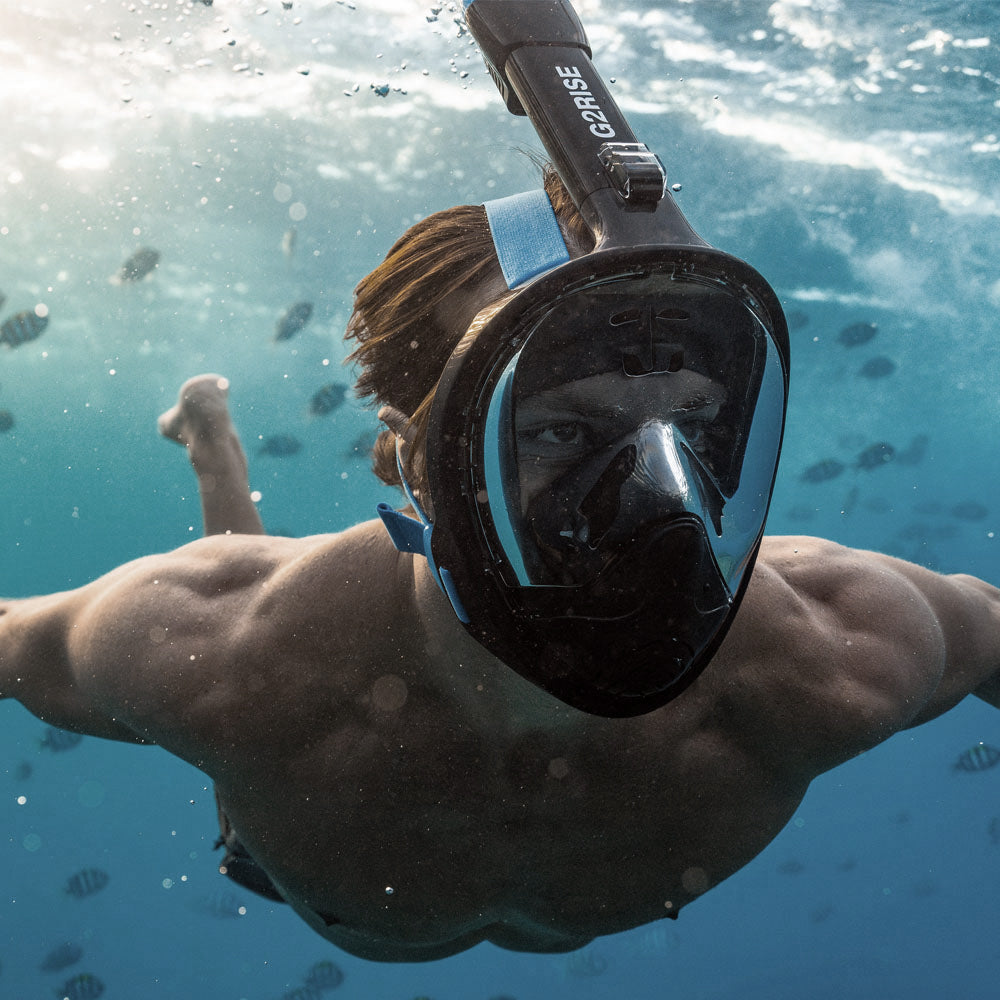
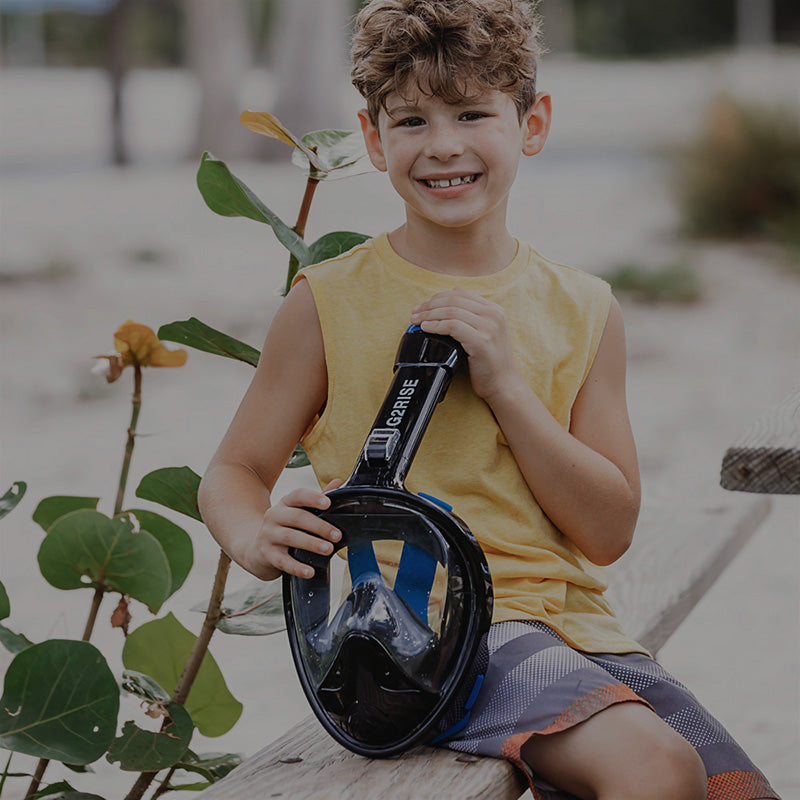
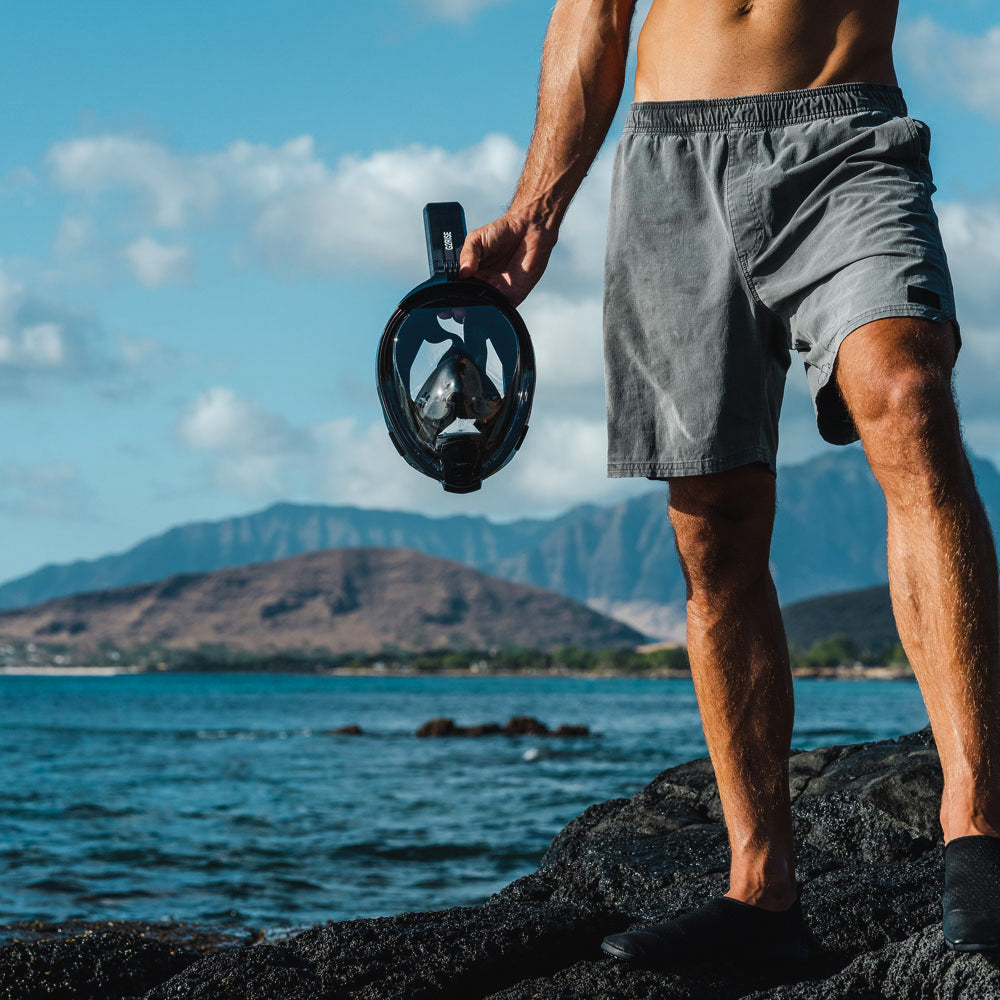
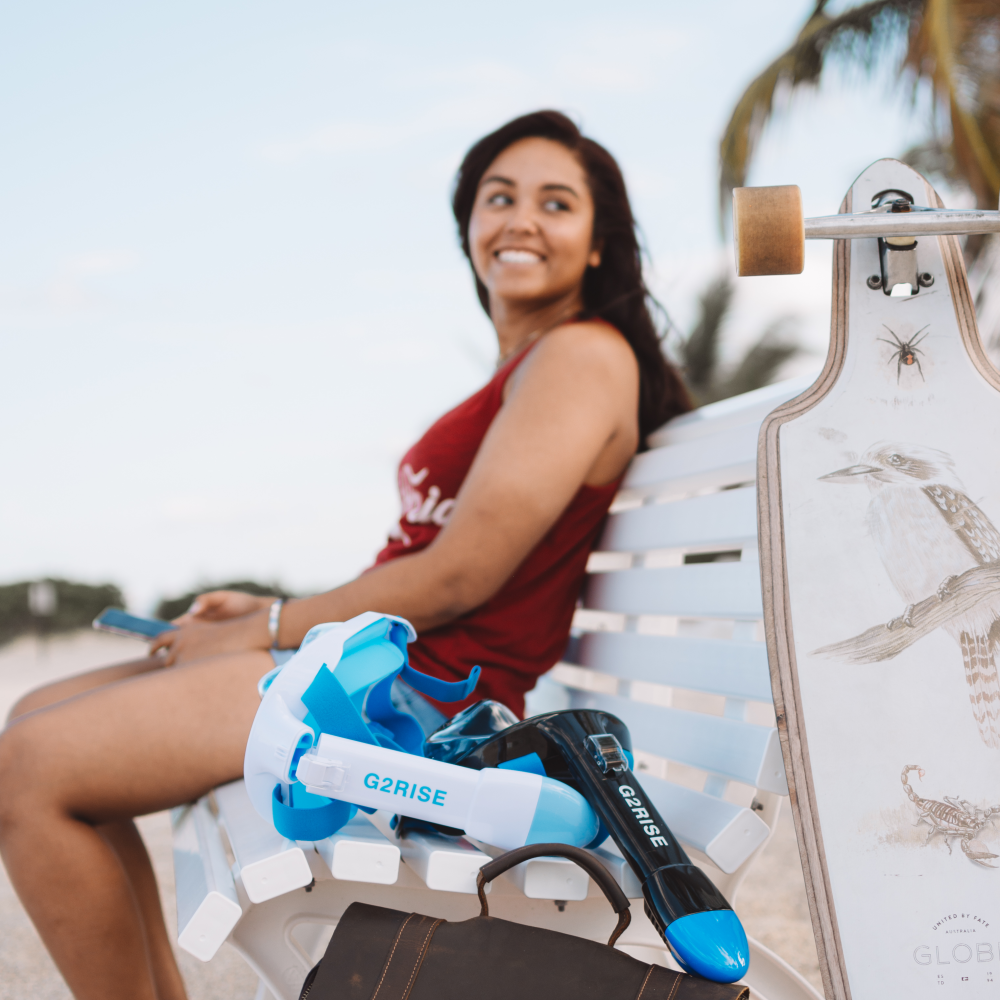
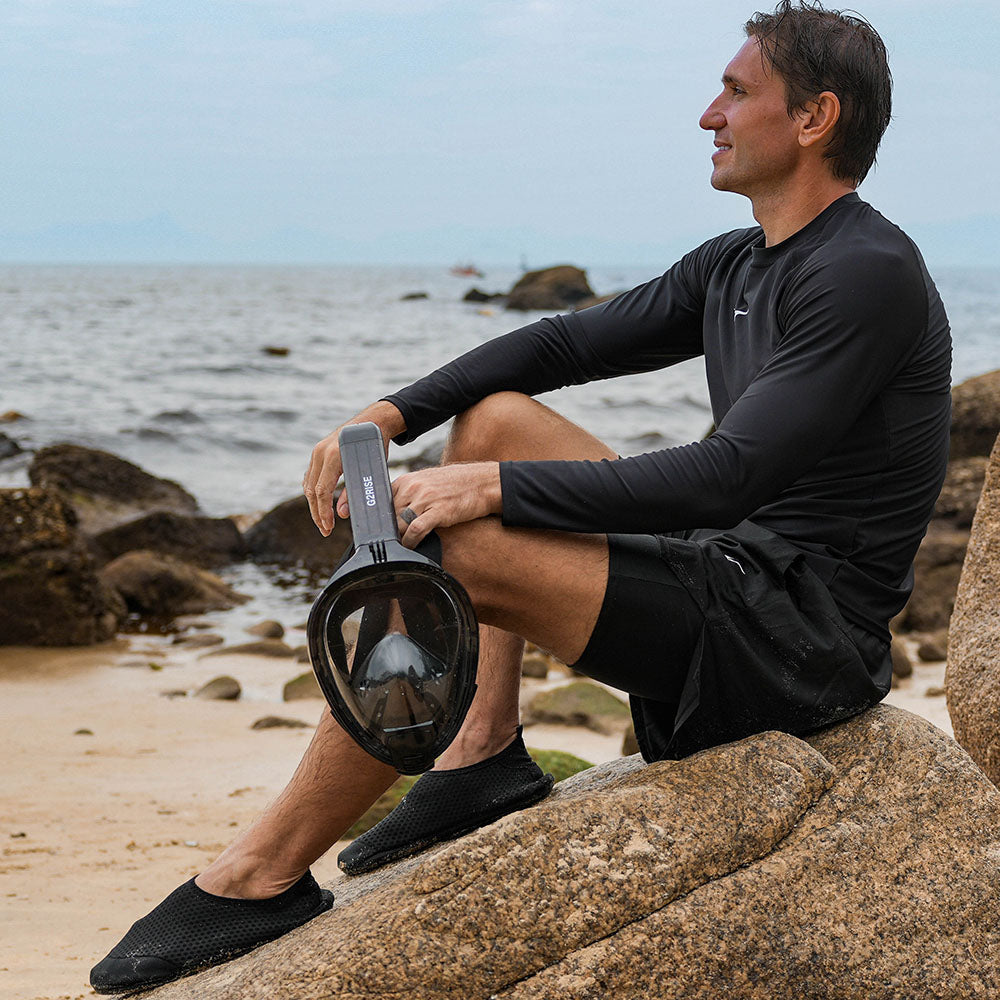
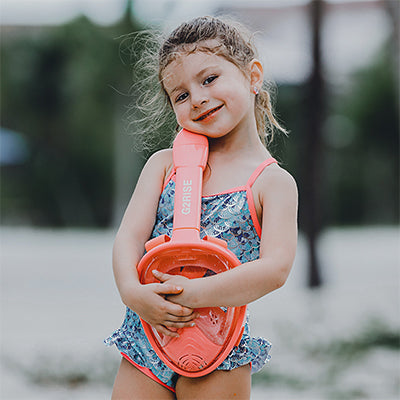
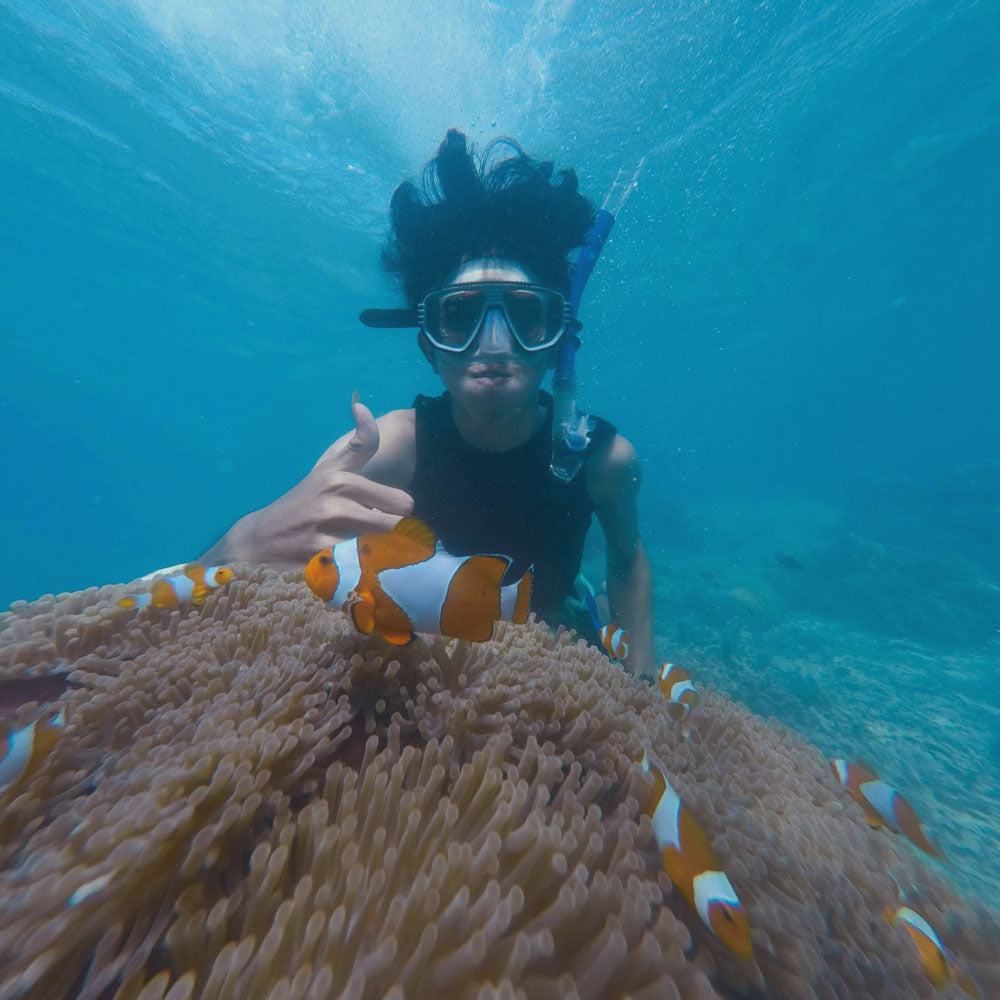
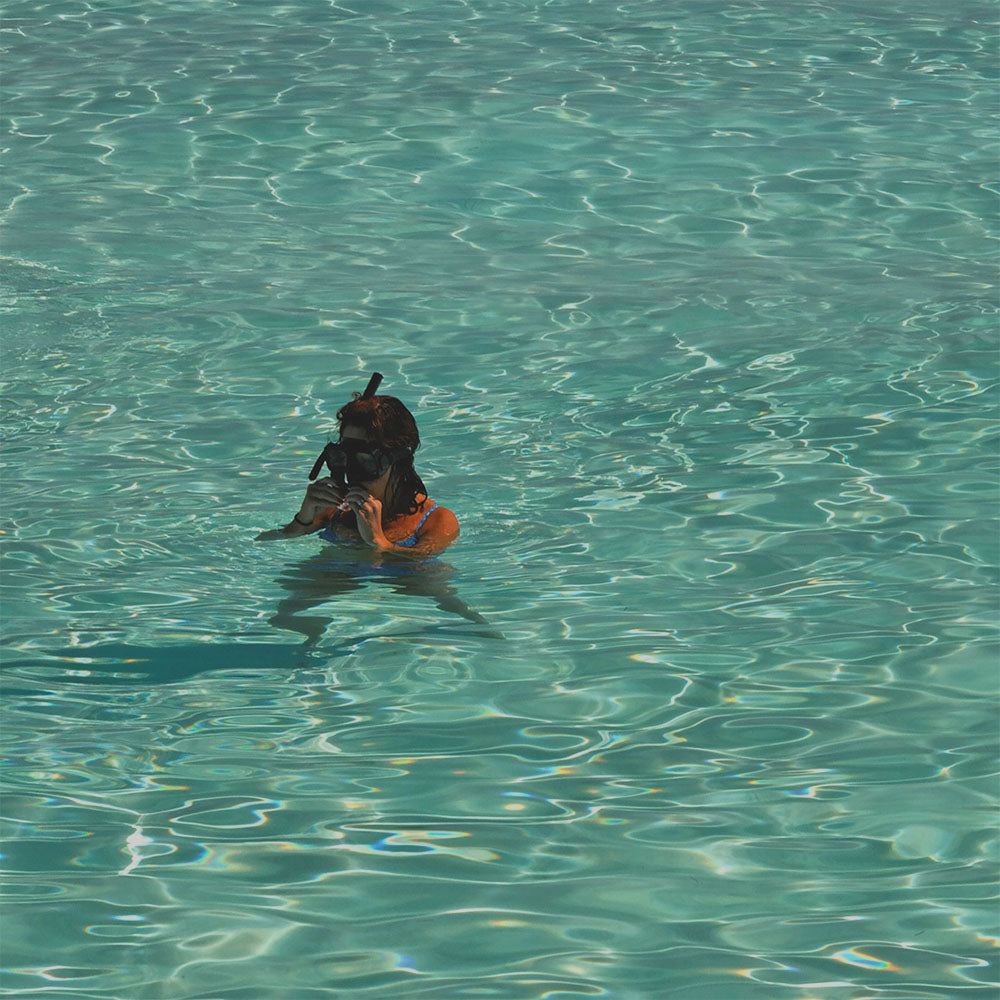
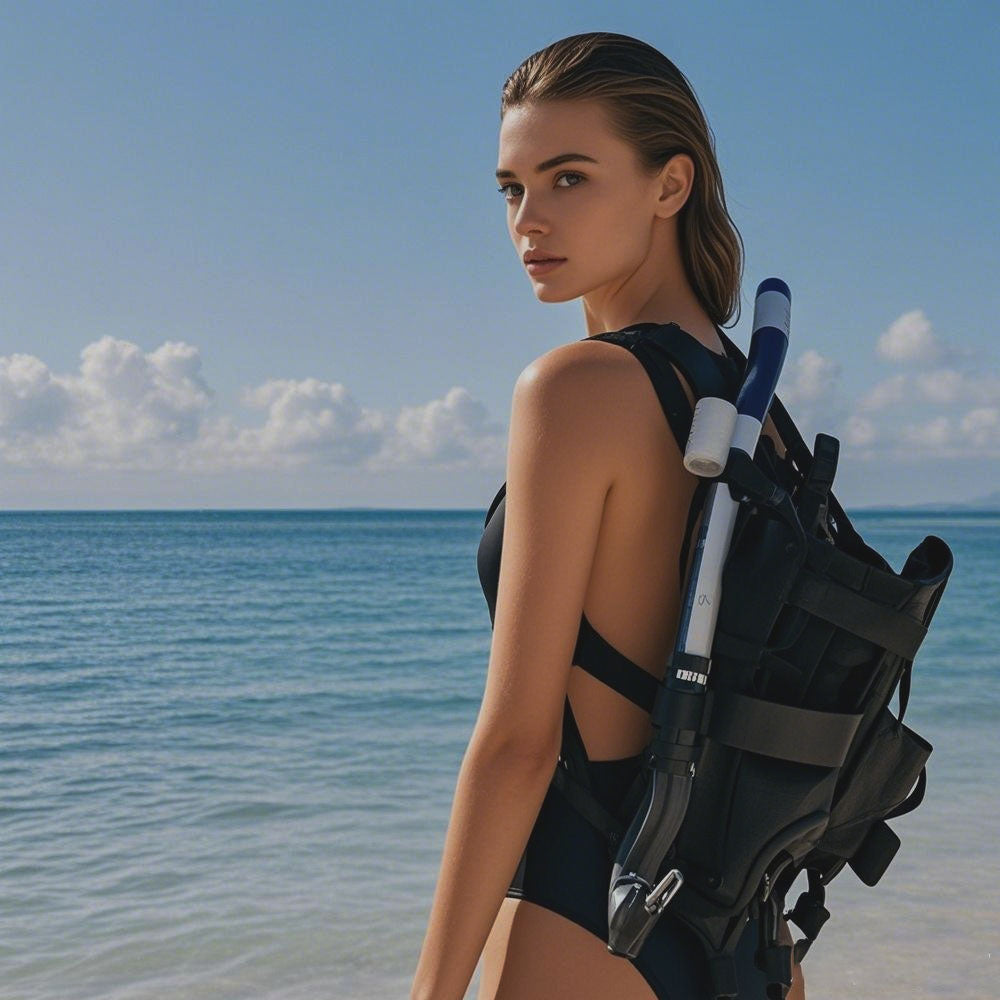
Leave a comment
This site is protected by hCaptcha and the hCaptcha Privacy Policy and Terms of Service apply.